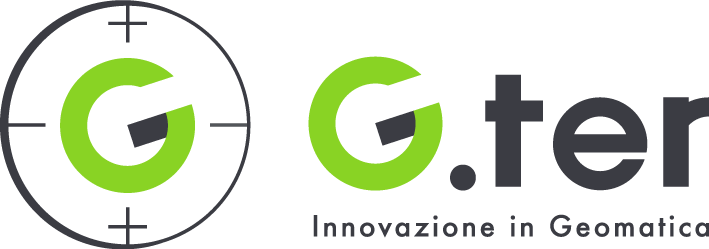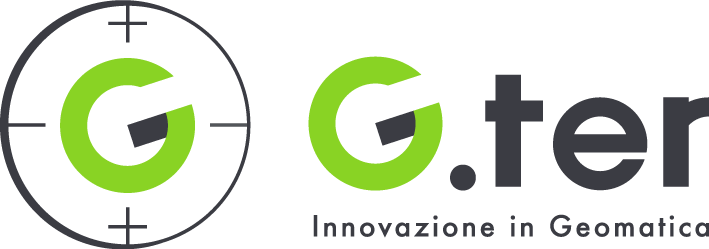Gestus Project Kickoff
On October 1st, the GESTUS project was officially launched. The project will run for 30 months and is co-funded under an H2020 call, with Gter as the lead partner. The full team is composed by Stonex, Comftech, Geonumerics, Ubitech, the University of Genoa, RIMS, FISM, and CNIT.
This project represents an evolution of the previous REMOT project, which was recently completed successfully. It aims to leverage the results achieved to improve the system and take a step forward.
The REMOT project focused on developing a motion capture system in real-world environments, based on localization through GNSS and INS, using integrated devices attached to different parts of the body. One of the major challenges of this system is ensuring precision and accuracy. Devices mounted on the human body move quickly, undergo impacts, and can easily be obstructed, losing satellite visibility and thereby reducing positioning quality. In fact, while a static receiver mounted horizontally can achieve an accuracy of about one centimeter, receivers mounted on a moving body rarely achieve better than 5–10 centimeters of accuracy.
Another challenge concerns the weight and size of the sensors. Optical markers, commonly used for motion capture, are extremely small, lightweight, and easy to apply. IMUs (inertial sensors) used in laboratories are larger but still compact. For accurate motion analysis, they need to be attached to each segment of a limb, such as the pelvis, thigh, leg, and foot. However, a device with a GNSS receiver and antenna cannot be too small and lightweight and involves higher costs. Therefore, it is crucial to minimize the number of devices, applying them only to the most strategic parts of the body.
For the new project, we aim to improve our computational model by integrating it with a kinematic model of the human body. A hypothesis on how skeletal segments are connected and the movement constraints of joints can significantly enhance performance. For instance, it would not be possible for both feet to be three meters apart or for a knee to bend backward. A continuous interaction between the human body model and the sensor data will provide a more realistic and reliable motion estimate.



